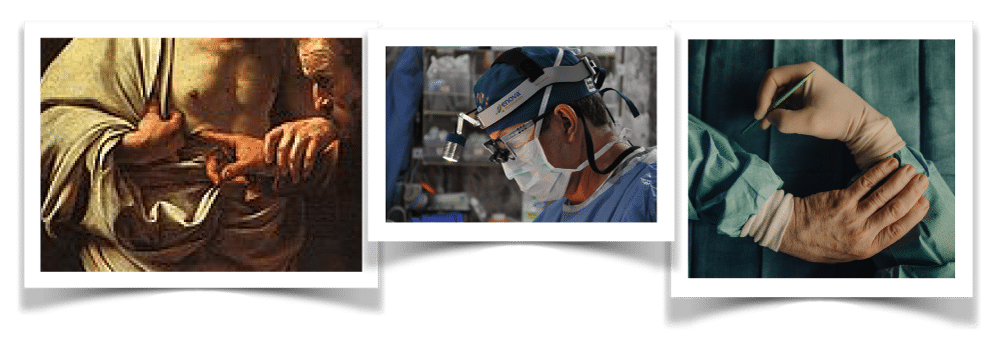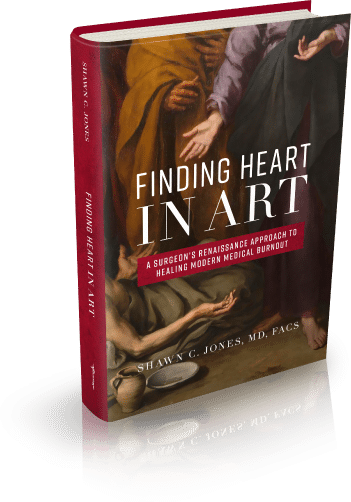The Compassionate Scalpel
Hope is a Good Thing

In the classic movie, The Shawshank Redemption, Tim Robbins character, Andy Dufresne says, “Hope is a good thing, maybe the best of things, and no good thing ever dies.” The dictionary definition of hope is desire with an expectation. It turns out that, at least from a psychological perspective, hope is so much more than expectant desire. Hope is actually a science with measurable elements that can be identified. In short, hope is a verb. It is the belief that your future can be better and that you have a part to play in making it better.
If you think your future looks bright then you are optimistic. You have hope if you believe your future looks bright and you will play a part in creating that future. More significant and compelling than optimism because it involves agency, hope is the single best predictor of well-being. It turns out that we are naturally optimistic as a species, until some traumatic life event impairs our ability to hope. It is then that we must martial our resolve to pursue hope in order to maintain resilience. Fortunately, the research on hope scientifically substantiates the concept that hope can be learned. It can be taught. There are strategies that when implemented with intention will measurably increase one’s hope. “Hope is no longer just a theory, hope is a science.”1
A substantive hope must have a goal at its core with the identification of a means to obtain it, or “a way” coupled with the willpower to achieve it or make it happen. If your goal is completely unobtainable in your mind then you will eventually lose your will, for example. Hope is an anchor to the soul, (Hebrews 6:19). It is something we choose, by naming our desire(s), picking a path and solving problems along the way. We can undeniably he aided or hindered by others. Similarly we can be of assistance to another or become an obstacle to someone else’s path. Part of living a hope centered life involves recognizing your impact on others.
The demands of our profession: caring for patients, managing stress, handling tragic events, dealing with insurance denials, pre-certifications, rules without reason, COVID-19 and the fallout from it, etc can lead to a gradual diminution of hope. Part of caring for our patients and continuing to do the work we have been called to do is intentionally working on maintaining our hope through being self aware enough to know our goals and then engaging our will to find a path or a way forward. Martin Luther King, Jr in an address in Washington, DC nearly 2 months before his assassination on April 4, 1968 said, “ We must accept finite disappointment without losing infinite hope”.
“We must accept finite disappointment without losing infinite hope.”
~Martin Luther King, Jr
February 6, 1968
Emily Dickinson wrote about hope metaphorically.
“Hope” is the thing with feathers
That perches in the soul,
And sings the tune without the words,
And never stops- at all-
It the midst of distress it is not just possible to lose hope but it is fairly easy to understand why we might lose hope. Reflecting on our situation, just a small change in perspective, or endeavoring to find a possible way forward can help us find that thing that has alighted on a branch somewhere deep within us. The search for that song without lyrics is worth it.
Casey Gwinn, JD, Chan Hellman, PhD. Hope Rising: How the Science of Hope Can Change 1 Your Life, (NY: Morgan James Publishing, 2019), 19.
Finding Heart in Art
Burnout in Medicine: A Growing Problem
This book is a unique combination of memoir, spiritual journey, and practical self-help guide in one. Each chapter ends with takeaways and a number of exercises that prompt self-reflection for those experiencing burnout. Dr. Jones addresses the practices and values that current and budding physicians can develop to heal burnout or, ideally, to avoid it altogether. He also discusses ways to facilitate change among hospitals and medical schools to approach the issue from a system-wide level.
Finding Heart in Art is the story of one man’s experience with burnout but it tells a much wider story, one of disconnection, reconnection, and, above all, hope.



